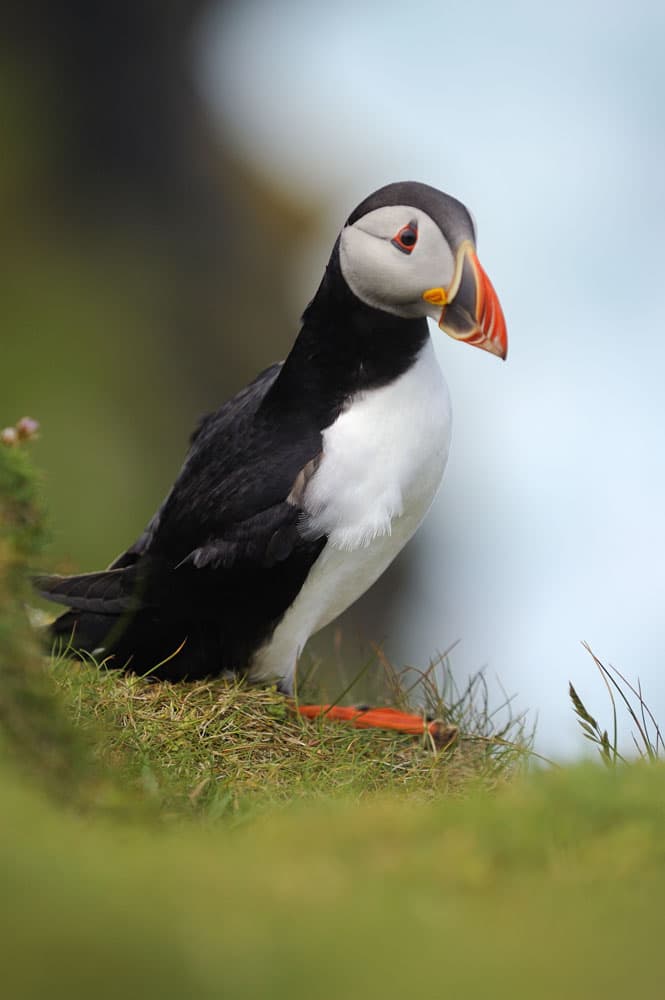The use of spatial data and tools is essential in helping to identify, plan and deliver Nature Networks. As Nature Networks become established, data will also play a vital role in monitoring and reporting. Here we provide an outline of some tools and data that can be used in a variety of landscapes. This page will continue to be updated as more resources become available.
Covering Framework Delivery Principles:
- Data, mapping, & monitoring
- Finance & resourcing
- Governance & decision making
- Knowledge & skills
- Monitoring, Evaluation & Reporting
- Participation, engagement, & communication
- Policy & Mainstreaming
- Project Development
- Project Implementation
- Spatial Mapping
Overview
The nature network framework outlines the following delivery principles for data, mapping and monitoring;
- We will be adaptive in our approach to delivering Nature Networks and use the opportunity to improve our understanding of developing effective ecological connectivity.
- Monitoring approaches for Nature Networks will be developed with, and for, stakeholders to inform management and action that maximises effectiveness of the network.
- We will employ innovation and best practice in data collection, management and use.
- Mapping and use of data will be collaborative and holistic in approach.
We cannot give definitive answers on which tools to use or how to use available data, or provide an exhaustive list of available tools and data. However, we have provided a summary of those which we think are currently important, useful and relevant.
Accessing data
Spatial mapping of a Nature Network will be underpinned by data, much of which is free to access. Protected areas, habitat and species data is available at local, regional and national level. When mapping Nature Networks local authorities should access data which is appropriate to them. Data is also available on a range of other features including existing green networks, access data, and human population data. Many organisations hold data, however the resources highlighted here act as the main repositories for publicly held data layers.
- This website brings together environmental information and data in one place so that is easy to search, discover, analyse and interpret.
- Provides access to view and download all of publicly available data, which can be used under an Open Government Licence. This is the definitive source for Scotland's Protected Areas, consultation areas, habitats and species, and more.
- Here you can find, share and reuse spatial data provided by Scottish public sector organisations.
- Find details of organisations which have been established, usually through a partnership of interested parties, in order to bring together local information on wildlife and to supply this to local users.
- Search the UK’s largest repository of publicly available biodiversity data.
- Contains a wide variety of geospatial data that can be used in Geographic Information Systems (GIS) including data on surveys and inventories, eligibility layers and the native woodland survey of Scotland.
- Forest Research has mapped a series of habitat networks which will be used to plan habitat and species protection, management, restoration and expansion at a landscape scale, with respect to other biodiversity interests.
- Browse a continually updated range of datasets related to the environment. Including data such as the Scotland Wetland inventory, river catchments, drought data and flood maps.
Help us build a useful toolbox
Share your feedback on existing guidance and resources, as well as links to others you think would be useful. We’d also love to hear about any great Nature Network projects that we should showcase.
.